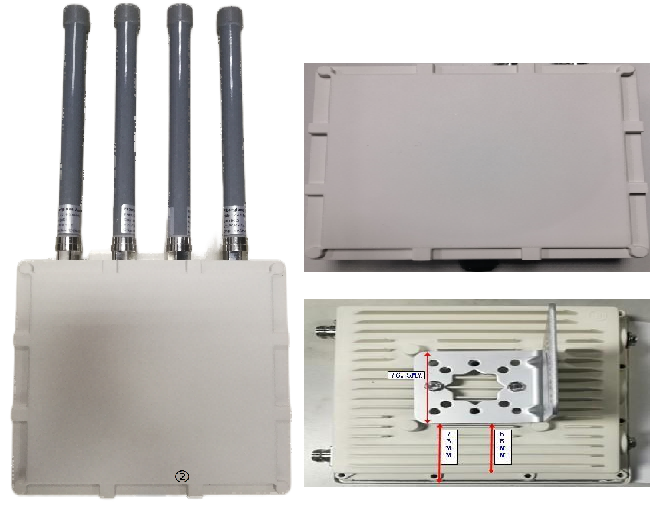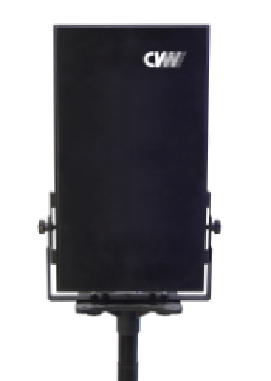Zero latency video transmission technology is a technology that can achieve high-quality and real-time transmission of video signals. In traditional video transmission, due to signal transmission delays, there may be significant delays when watching videos, which is unacceptable for some application scenarios that require real-time feedback. The emergence of zero latency video transmission technology has solved this problem, making video transmission smoother and more real-time.
The implementation of zero latency video transmission technology mainly relies on the following technologies:
Encoding and decoding technology: Zero latency video transmission requires the use of efficient encoding and decoding algorithms to reduce the transmission delay of video signals. Traditional video coding algorithms such as H.264 have high compression ratios but high latency. The new generation of video coding algorithms such as H.265 and AV1 can achieve lower latency while ensuring high compression ratio. In addition, Hardware acceleration decoders can also be used to improve decoding efficiency and further reduce latency.
Network transmission technology: Zero latency video transmission requires the use of high-speed and stable network transmission technology. Traditional Communication protocol such as TCP have high latency, while new generation transmission protocols such as QUIC and SRT can achieve lower latency and higher bandwidth utilization. In addition, multipath transmission technology and network optimization algorithms can also be used to improve transmission efficiency and reduce latency.
Bandwidth management technology: Zero latency video transmission requires effective bandwidth management to ensure real-time transmission of video signals. Adaptive rate adjustment algorithms can be used to dynamically adjust the video rate based on network conditions to adapt to different bandwidth network environments. In addition, bandwidth prediction and congestion control algorithms can also be used to predict network congestion in advance and take corresponding measures to avoid an increase in latency.
Buffering and retransmission technology: Zero latency video transmission requires the use of appropriate buffering and retransmission technologies to cope with packet loss and jitter in network transmission. Forward error correction technology and retransmission mechanism can be used to improve the reliability and stability of video signals. In addition, buffer management algorithms can also be used to reduce buffer latency and further reduce video transmission latency.
Zero latency video transmission technology has been widely applied in many fields, especially for application scenarios that require real-time interaction and feedback, which is of great significance. For example, in online games, players need to watch the game graphics in real-time and perform operations, and zero latency video transmission technology can provide a better gaming experience. In remote conferences and education, zero latency video transmission technology can achieve real-time audio and video communication, improving the efficiency of remote collaboration. In intelligent transportation and security monitoring, zero delay video transmission technology can transmit real-time monitoring images, providing more timely security guarantees.
In summary, the development of zero latency video transmission technology provides an effective solution for real-time video transmission. Through continuous technological innovation and optimization, we believe that zero latency video transmission technology will be widely applied in more application scenarios, bringing users a better audio-visual experience.

 Multi-camera wireless video transmission
Multi-camera wireless video transmission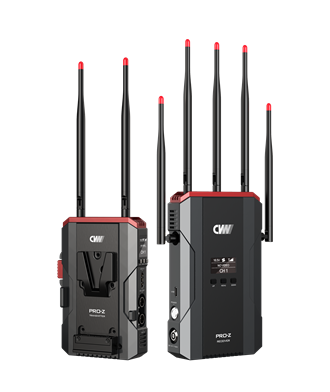 Zero Latency Wireless Video Transmission
Zero Latency Wireless Video Transmission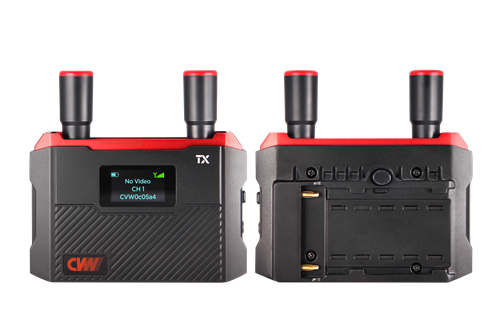
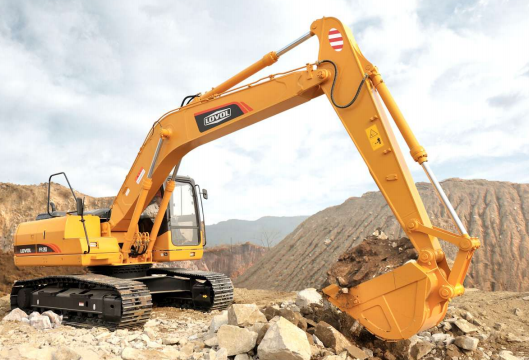 Designed for teleoperating the heavy equipment
Designed for teleoperating the heavy equipment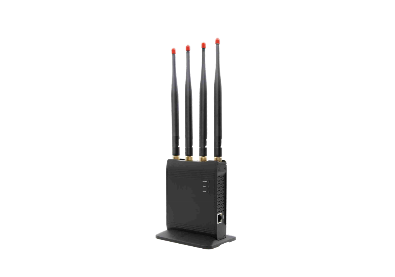 Wireless high-speed data transmission
Wireless high-speed data transmission